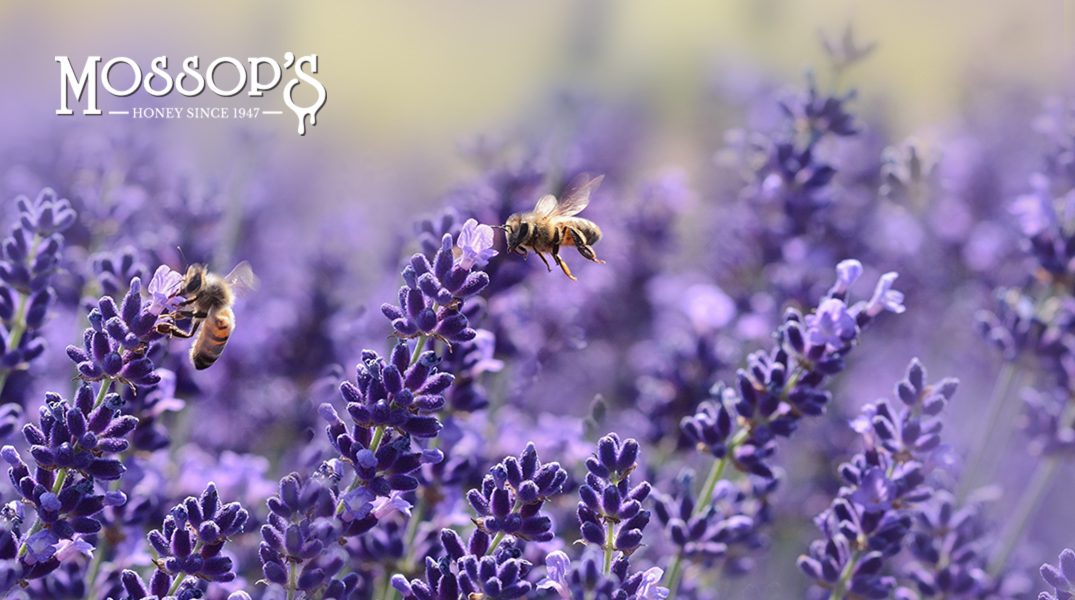It is well documented that the humble honey bee is facing dwindling numbers globally but this is also true for other pollinators such as butterflies and ladybirds.
1/3rd of all the foods we eat rely on pollinators such as honey bees. Imagine a world without apples, peaches, onions, avocados, Kiwifruit, tomatoes, cucumbers, grapes, broccoli, chocolate, coffee, mangos, and so much more.
Losing our honey bees is a scary prospect, but thankfully, anyone with a garden and green spaces can help!
What is Causing Honey Bee Numbers to Decline?
In 2006, the term ‘Colony Collapse Disorder’ (CCD) became the talking point for millions of people around the world. It was discovered that there was a drastic decline in the number of bee species worldwide and further research went into what was causing this crisis.
What is the varroa mite?
The varroa mite (which has been known to beekeepers) originated in Asia around the 1950s but eventually discovered in New Zealand in the year 2000.
The varroa mite is parasitic and feeds on the blood of adult and larval honey bees and transmits pathogens which kills the entire bee swarm. The varroa mite is a big contributor to the decline in honey bees, but humans are also playing a major role in this decline.
Exposure to pesticides
For the humble bee, pesticide exposure is practically a guaranteed part of life. Many people spray pesticides on around their gardens to kill pests such as rodents, weeds, aphids and other bugs and insects such as mosquitoes.
Unfortunately, pesticides also affect bees and, if they don’t kill the bee outright, they can cause paralysis, to interfering with their normal reproduction and foraging habits. Pesticides can also have a cumulative effect on the honey bees’ systems and affect later generations.
Habitat loss
As the human population grows and grows people need places to live. As more and more people populate the world, green fields and open spaces are levelled and transformed into sterile housing developments.
Those green fields provided pollinators, like the honey bee, with some of their favourite plants such as: dandelions, clover, buttercups and many others.
What Can We Do in New Zealand to Help the Honey Bee?
Gardeners, schools, councils, and anyone else with green thumbs around New Zealand are being urged to give the honey bee a helping hand.
The first thing we should all stop doing right away is spraying our gardens with pesticides. Or, if you really must spray, always opt for organic solutions and only spray during the evening (around sunset) after the bees have gone back to their hive for the night.
Click here for a few natural alternatives to harmful pesticides.
Get the gardening tools out
When it comes to helping honey bees and other pollinators the best way we can turn the tables is by creating a bee friendly garden!
How to Create a Bee Friendly Garden
What plants should you grow to encourage bees to visit your garden? Luckily, honey bees aren’t very hard to please, they’re not picky! However, there are some plants that encourage bees more than others.
Top Flowers to Plant to Create a Bee Friendly Garden
When it comes to creating the perfect bee friendly garden, planting flowers that produce plenty of pollen and sweet nectar is a sure way to attract the humble honey bee.
It’s also good to note that bees cannot see the colour red and prefer orange, yellow, purple, blue, violet and white.
Plant flowers such as:
Annual Flowers:
- Camellias
- Borage
- Sunflowers
- Fox gloves
- Cloves
- Marigolds
- Pansies
- Daffodils
Trees, shrubs, bushes, & climbers:
- Bottlebrush
- Lavender
- Rosemary
- Wisteria
Herbs & kitchen plants:
- Sage
- Basil
- Chives
- Fennel
- Squash
NZ Native Plants / Trees:
- NZ Jasmine
- Pohutukawa
- Rewarewa
- New Zealand flax
- Lemonwood
- Hoheria
- Tee tree
To make your garden irresistible to honey bees plant flowers in clusters of the same species and focus on plants with single flowers with flat and open shapes, rather than complicated ruffles of double or triple flowers. Your garden should also have a shallow water feature, like a bird bath or fountains with gentle sloping edges to encourage the bees to stop for a quick drink.
Combine all of these factors and your New Zealand garden will be irresistible to a roaming bee!
Want more information on how to create a bee friendly garden? Check out Trees for Bees NZ for more top tips.
Once you have designed your bee sanctuary be sure to register your bee-friendly garden on the map here!
Mossop’s New Zealand Honey Since 1947
At Mossop’s we love our bees and we pride ourselves on producing some of the finest honey in the world. We travel far and wide across New Zealand to our hives — all to ensure the honey you eat is the purest and most delicious honey around.
Want to know how our clever bees make honey? Visit the Mossop’s Honey Shoppe in Tauriko, Tauranga to see our live bee display!
Looking for delicious and natural raw New Zealand honey? Shop our range of honey online.
Find out more about the work that we do at Mossop’s honey here!
Quick Links:
UMF® New Zealand Manuka Honey
Raw New Zealand Rewarewa Honey
Raw New Zealand Field Honey


 UMFHA REGISTERED
UMFHA REGISTERED




